Over the weekend, Apple marketing chief Phil Schiller did a quick fifteen minute interview with Sound & Vision, where he once again explained some of the technology behind the HomePod, shed some light on why Apple ultimately decided to create an in-home speaker, and explained how the HomePod will stand out among other smart speakers on the market.
Schiller believes that Apple is in a position to create a "new kind of music experience" that not only "sounds incredible," but is also "fun to interact with." He says that's the driving force behind Apple's work on the smart speaker. Apple's focus, though, isn't on a single product -- the company wants to design a unified experience that's the same throughout the day.
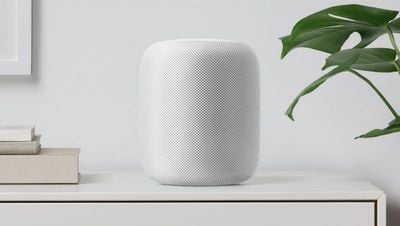
We don't think it's just about HomePod though, or any one product, it's about creating an experience that moves with you throughout the day -- so the experience you have at home, is replicated in the car with CarPlay, at work with iPad and Mac, and when you're out for a run with Watch and iPhone. You can listen to the same music, control your home accessories or ask Siri to do something for you, wherever you are.
Schiller says that Apple Music, Siri advancements in personal music discovery, and Apple's innovative audio work "come together" in the HomePod to deliver an "amazing music experience" to customers.
He went on to explain many of the technological advancements that improve sound quality in the HomePod, including machine learning to allow the HomePod to sense and adapt to its environment, the A8 chip for real-time acoustic modeling, audio beam-forming, and echo cancellation, and a more advanced thinking of speaker arrays to "create a wide soundstage."
Schiller also explained in detail how the HomePod's spatial awareness features work. From the moment it's plugged in, the HomePod senses its location. The built-in microphone array listens to how sound reflects from neighboring surfaces to determine where it's located in a room and what's nearby, adjusting audio accordingly. The A8 chip beams center vocals and direct energy away from walls that are detected, while also reflecting ambient reverb and back-up vocals against the wall for better dispersion into the room.
The end result is a wide soundstage with a feeling of spaciousness and depth. This entire process takes just seconds and it doesn't stop with the initial setup. Every time you move HomePod, it uses the built-in accelerometer to detect a change in its location and continues to make sure the music sounds great and is consistent, wherever it's placed. We've also done some great things to help minimize the audible side effects of compression artifacts by developing studio level dynamic processing to optimize for rich, clean bass even at loud volumes.
Thus far, it appears Apple's efforts to focus on sound quality have been successful. While full HomePod reviews have not yet been shared, initial first impressions from reviewers who were able to spend a short amount of time with the HomePod have been positive. Many reviewers were highly impressed with the sound quality of the device, which has been described as "warm," "astonishing," "precise," and an "aural triumph."
Apple will, however, need to convince its customers that sound improvements are worth the premium price the company is charging for the device. HomePod is more expensive than competing products from Google and Amazon, but some reviewers have questioned whether the average consumer will value sound quality more than affordability.
Phil Schiller's full interview, which goes into more detail about Apple's aim with the HomePod, how voice recognition works, HomeKit integration, and more can be read over at Sound & Vision.
The HomePod, which is priced at $349 in the United States, can be pre-ordered from the online Apple Store. The first HomePod orders will be delivered to customers starting on Friday, February 9, the official launch date of the device.



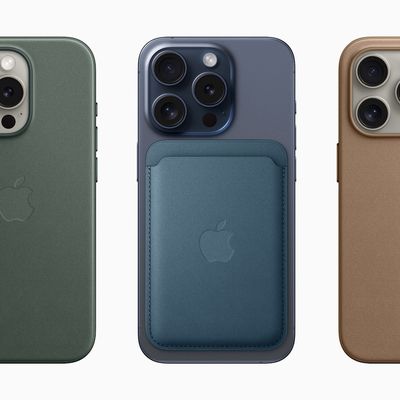


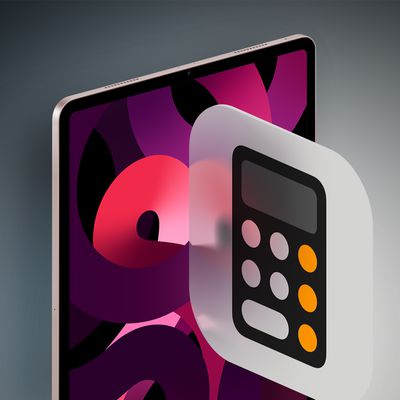
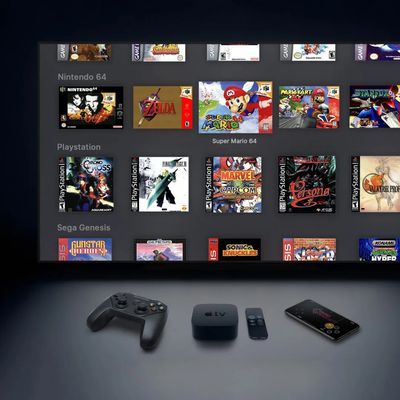










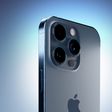

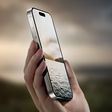
Top Rated Comments
Remember how people slammed the AirPods before they actually tried them, then found they loved them. They also slammed the Apple Watch and it turned into a great success too.
Calling a product a failure before it even hits the market almost always turns out to be a failed prediction. It's far easier to gauge success before release than failure. We see it time and time again.
Apple markets to the average user. They're the largest percentage of the market and the largest potential to make money.
Just look at how going after hi-fi audio has worked out for Tidal.
Mono (when created from a stereo signal) is the sum of Left and Right - it is always less than the sum of its parts, because the sum of left and right includes the loss of certain frequencies from certain instruments... Sorry, I don't want to write a treatise on phase cancellation, but basically, summed mono sucks.
Speaking as a former audio engineer who produced concerts for live radio broadcast for 25 years, I had to accept mono as a fact of life - lots of people would be listening on crappy audio systems, and I wanted my sound to be as good as it could be on those systems as well as $100,000 audiophile systems. That meant doing what I could to avoid phase cancellation, and it meant checking my mix in mono and on crap speakers as well as my expensive stereo control room monitors. It was really nice to get compliments from audiophiles on the quality of my sound, but I also had to make sure the masses wouldn't tune out.
The audio industry has long taken advantage of the knowledge that our ears can more easily detect location from mid- and high-frequency sounds, but we have a harder time detecting directionality in low frequency sounds. That's why so many home theater systems have a single sub-woofer and multiple small "satellite" speakers carrying only midrange and highs. It's a highly economical solution to an otherwise expensive and space-wasting alternative - 5-7 large, full-range speakers.
In the case of HomePod, you can consider this to be the equivalent of an 8-speaker home theater system - mono woofer, plus 7 satellites - they just happen to be arrayed in a single enclosure. It's a similar approach to the one Bose has been using for several generations - adding complexity to the listening room sound field by mounting additional speakers on the rear of the speaker enclosure, facing the wall. The big difference is that Bose did this passively - no signal processing. Stereo in, stereo out. Apple, on the other hand, is throwing an entire computer at this.
As to "Apple's compressed music service," of course it's data-reduced, for the same reason web sites post JPG images, not TIFFs or RAW. Bandwidth and storage space come at a cost, both in dollars and in real-world performance. Now, you may happen to be a cost-is-no object audiophile who believes he can detect every nuance and imperfection, but a mass-market product has to strike a balance in order to satisfy the largest possible customer base - if too many users can't stream the service because it demands too good a cellular (or even wifi) signal, then there are going to be a lot of unhappy customers.
In the end, music listening is NOT about technical quality, it's about music - composition, musicianship, arrangement, melody, lyrics, harmony, counterpoint... Someone who truly loves the music, for its own sake, isn't going to let themselves be upset by technical imperfections unless they're so glaring and obnoxious that they become distracted - say, the person sitting behind you coughing or opening a candy wrapper (or loud pops and clicks from a black vinyl disk) during a heart-rending pianissimo passage. What audiophiles typically complain about can be compared to the story of the Princess and the Pea. Sure, the princess may truly have been able to detect that pea under a stack of mattresses, but it takes a really special individual to lose sleep over it.
Real objective reviews will arrive AFTER 2/9, when independent AV reviewers can pound one of these in their own labs, per their own approaches, with their own musical selections. Instead of focusing on only what these do best, they'll consider everything with an aim to build a clear pros & cons list.
Real reviews will also answer about a dozen questions still flying around and still unanswered or ambiguous. For example, relatively how much smarter is Siri here? As smart as it's competitors? Smarter? Or not as smart? Does it definitely have Siri command access to our own ripped music files on our Macs? With Match or without? AM required or not? Will it play the lossless rips on our Macs or only the Matched copy in the cloud? And on and on.
To a buyer, what it's not (relatively) is perhaps as important as what it is. We don't even have a complete picture of what it is yet. Every "review" so far reiterates what we know from the marketing messaging (mostly from way back when it was first revealed) instead of telling us much new.